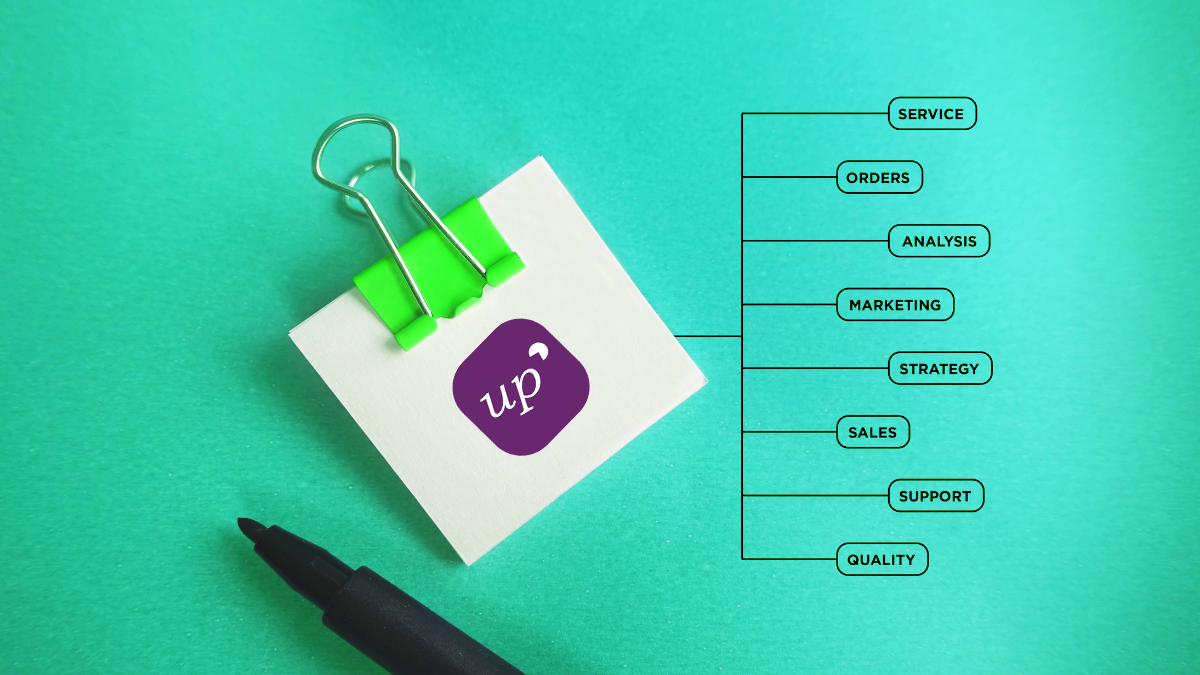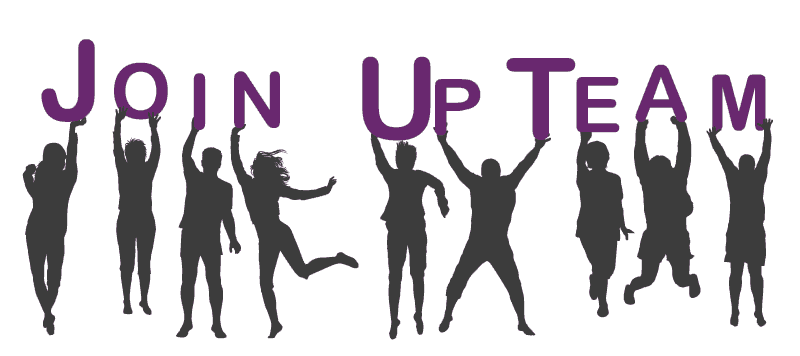CRM or Customer Relationship Management refers to a set of software, processes, and business strategies that help organizations build long-lasting relationships with their customers. CRM software is currently the largest software market in the world and the growth is expected to increase even more in the coming years. Industry experts forecast CRM revenues to hit more than $80 billion by 2025.
According to statistics, between 18% and 69% of all CRM projects fail. The reasons for failure are many- technology limitations, budget constraints, data integrity issues, and many more.

However, a careful planning of your CRM implementation right from the start will ensure a successful implementation of your new CRM platform.
What factors affect CRM implementation?
Implementing CRM is a challenge for many organizations because it involves all employees and changes at every level of the organization and creates a lot of expectations. Also, a well implemented CRM can enhance your client experience and bring a direct positive impact on your business level. Thus, at UpCRM we are supporting our clients on the following key factors that impact a CRM implementation:
Define clear business needs and objectives:
CRM should support your internal organization and processes. So, before talking about CRM implementation, you must take enough time and invest enough energy on your own company’s vision, priorities and areas for improvement.
Always keep in mind that CRM can and has to adapt to your structure, not the opposite.
Think about your company’s priorities, the added value expected from CRM implementation, concerned departments, number of users and the business part that will be handled on CRM with every single process involved.
Data Integration:
Most of companies have their own Data organization based on their internal tools (specially ERP) and processes flows.
After overall business need specification, you must ask key questions: How to make my internal IT systems and CRM work together? How to optimize my processes and data Management? Do I want to add pricing, billing, …? And with which tool should I link or integrate to proceed? What are the prerequisites and are my ERP and internal tools capable to communicate with the new CRM?
Defining the right CRM solution:
Salesforce is a comprehensive platform, offering solutions for Sales, Services, Marketing, e-commerce, and other variant fields helping businesses to go deeper on customer satisfaction strategies.
It’s then really important to identify the right option from the very rich Salesforce ecosystem covering 360° customer centric approach.

Metrics and KPIs:
Time to calculation has come. You have to define what makes this implementation succeed with measurable criteria to avoid any kind of frustration during or after a CRM project.
That could be converted by KPIs and metrics about SLA, expected adoption, expected ROI (transformed to lead generation, global turnover, …).
Budget:
Place to the budget.
Even if CRM solution should bring a midterm efficiency and money saving, it will for sure involve important costs. You can make a best and bad scenario based on budget expectations.
You should be aware that Data integration can constitute the biggest budget amount as it will often require customized developments. In addition to continuous services budget supporting improvement, evolutions, and innovation.
Risk analysis is a very important step at this stage. That will help you adapt to identified and unknown variables that can affect your project and budget.
Data cleaning:
CRM implementation is the right moment to start a data quality check by deleting non used data, merging duplicates, and working on new segmentations if needed.
This step is one crucial contributing factor on adoption results improvement.
Internal project team:
A successful project means having an internally dedicated project team who will be able to control provider deliverables, follow up on provider requests, and take project responsibility. It’s also important to choose key users who will be directly involved in testing the solution and give right feedback at the right time based on their daily use and experience.
Go for an MVP:
Instead of building up an advanced and complicated solution from the first version of the CRM, choose the option of an MVP with the “Must Have” features and quick wins functionalities. Once you reach a good adoption level, you can start completing more complex features with focus and efficiency.
Training and change management:
You can build the best tool ever, but if it’s non used and non-understandable by your community, you won’t reach any of your objectives. You need to plan as much training sessions as needed and be very attentive to user feedbacks to ensure having the expected adoption.
In few words, the implementation of a CRM is an, shareholders and managers, act of faith in the company’s transformation (by Yves Leblond).






